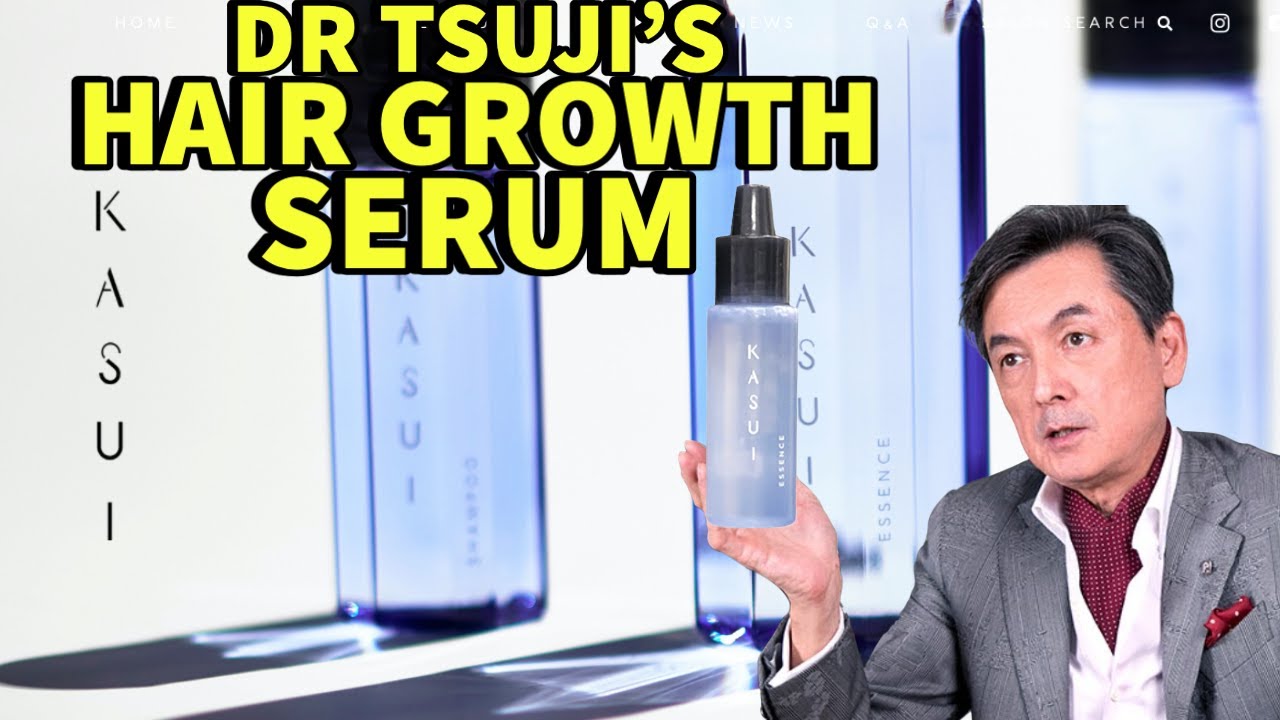Same here…but maybe not.
After perusing the recent study by Tsuji it looks to me like it is possible that his recent study mostly involving mouse fur cells and whisker cells to create cyclical hairs may also apply to human hair cells.
Yes, the study was done mostly on mice but the relevant cells driving cycling in mouse fur and mouse whiskers are also in human hair follicles and the mouse version and human version appear to be the exact same that means that whatever effect the . Since those same cells that drive cycling in mouse fur and whiskers are found in human hair follicles it does seem like using the same medium for culture of human hair cells could also improve human hair cycling in a lab. Now I admit that this does not mean that this method would improve hair inductivity when culturing human hair cells but it does seem to open a door to potential improvement of hair inductivity when culturing human studies
This study is complicated…very complicated. I could not understand half of the terms and labels (of the cells for example) so that means i didn’t really understand a lot of the words in the study. But I did understand that the relevant cells in mouse that allowed for multiple cycles are also found in human scalps. If those cells are the same in humans as they are in mice then it does seem possible that they would react the same way in humans as they do in mouse fur and whiskers. As a matter of fact, based on the fact that the relevant mouse cells are also in human hair follicles I don’t see how using the same medium wouldn’t produce similar results.
Roger, have you read the article?
Here are some interesting quotes -
“In this study, we unveiled a novel cell population expressing CD34/CD49f/Itgβ5 that contributes to long-term cyclical HF regeneration in a hair reconstitution assay by establishing multiple culture conditions that enable us to expand and control the differentiation status of HFSCs. Itgβ5+ cells are located in the upper most region of the bulge area, which is surrounded by tenascin-C and/or tenascin-N, in mouse vibrissa and pelage HFs as well as in human scalp HFs. These findings significantly advance our understanding of the mechanisms underlying the regulation of HFSCs and shed right on the possible presence of functional heterogeneity in the HFSC population, which expresses the same stem cell markers. Moreover, our findings will contribute to the goal of HF regenerative medicine.”
“Past studies demonstrated that mammalian HFs are maintained by a heterogeneous population of fate-restricted HFSCs and their niches10,11,12. Moreover, recent single-cell analysis revealed the presence of a heterogeneous population even among cells expressing the same stem cell marker, such as CD3414. However, this functional heterogeneity is not fully understood. In the natural HF in both mouse and human, Itgβ5+ cells are found in the upper most area of the bulge. Past studies using lineage-tracing approaches showed that a subset of stem cells expressing K15 or Lgr6 can migrate either downwards towards the progeny committed to the lower HF or upwards towards the sebaceous gland31,32. In this study, we found that CD34+/CD49f+/Itgβ5+ cells have the ability to induce cyclical hair regeneration in a hair reconstitution assay, indicating the presence of functional heterogeneity among cultured CD34+/CD49f+ cells. Based on these facts and our data, we speculate that Itgβ5+ cells found in the upper part of native HFs directly or indirectly play an important role in long-term cyclical hair regeneration.”
“Adult stem cells are maintained by both intrinsic and extrinsic mechanisms via specialized niches. In the bulge region in the vibrissa or pelage HF of mice, specialized ECM proteins, such as COL17A1 (a known essential mediator for the self-renewal and maintenance of HFSCs), are expressed24. In this study, we observed TN-C expression in the bulge region of mouse vibrissa as previously reported30. Moreover, we found that TN-C and/or TN-N are also expressed in the human scalp HF and mouse pelage HF. All tenascins share the same molecular architecture, such as an EGF-like domain33. Given that the polymerized TN-C domain is incapable of inducing EGF activation34, tenascin may keep Itgβ5+ HFSCs in a quiescent state by inhibiting EGF-mediated signaling. This finding may be consistent with our results in culture experiments showing that EGF is required for the expansion of CD34+/CD49f+/Itgβ5+ HFSCs, which are required for sustainable hair regeneration in hair reconstitution assays.”
“In mammals, organogenesis occurs only during embryonic development except in very restricted organs, including HFs. Although numerous pioneering studies have demonstrated the potential of induced pluripotent stem cells (iPSCs) and adult tissue stem cells to partially mimic the structure and function of their original organs, full functional regeneration of the entire organ was achieved only in HFs1,2,3,4,5,6. Therefore, HF regeneration could be a promising method for organ regenerative medicine. In past decades, much effort has been devoted to establishing a method to expand HFSCs while maintaining their organ-inductive ability Recently, Chacón-Martínez and colleagues established a culture method to maintain the regenerative capacity even after 15 passages. In the present study, we found the condition to increase HFSC populations approximately 200-fold, which is much improved from previous studies. Moreover, the expression of Itgβ5 in addition to CD34/CD49f could be a good marker to evaluate the ability of cultured HFSCs to cyclically induce hair regeneration. Findings from Chacón-Martínez and colleagues as well as from our research group will significantly advance the technological development of HF regenerative therapy.”
